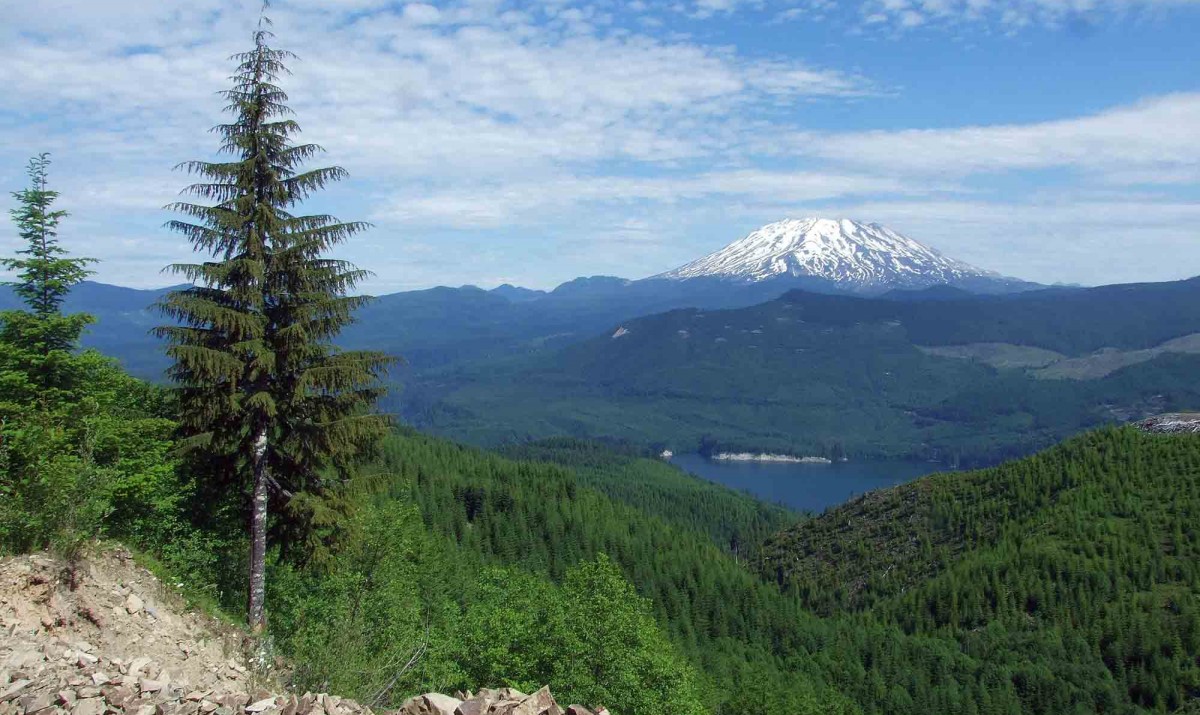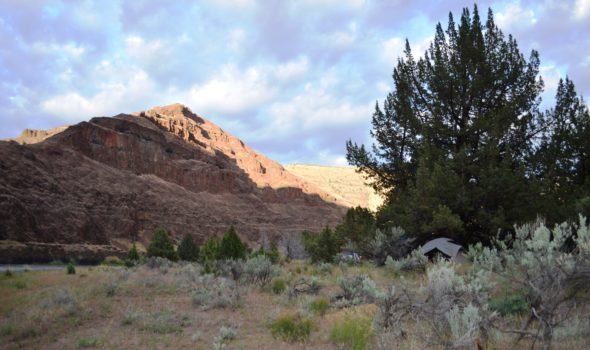The Big Picture
For sheer visual drama, few places compare to our Mount St. Helens conservation area on the south side of the volcano. This is a land of lahar, coldwater creeks, little-traveled trails, and old forests: the Gifford Pinchot National Forest alone encompasses some 1.3 million acres. Columbia Land Trust began working here after when local developers began converting cut-over timberlands into suburban-style subdivisions. We created a partnership with Skamania County and Pope Resources with a goal of placing 85% of their 24,000-acre holding into various forms of conservation. After working with the community and many other partners, we developed a plan that benefits everyone—and keeps runaway housing development in check. In June 2018, we, completed the fourth phase of this effort and achieved our goal of conserving 20,000 acres of forestland. Watch our documentary film As She Grows about the project.
Why It Matters
Bull trout, Chinook, coho, steelhead, northern spotted owl, gray wolf, bald eagle, Roosevelt elk, deer, wolverine: This area is a stronghold for many of great animals that define the Northwest. It’s also a stronghold for forestry jobs. Our goal is to provide habitat for wildlife and protect land-connected livelihoods by ensuring that unchecked development doesn’t replace productive forestlands or harm the habitat around Pine Creek. In 2013, we purchased 2,330 acres around this cold water creek. The land contains some nine miles of the creek and a major tributary; both provide some of the last remaining habitat for endangered bull trout in Washington State.

